
What is FSI (Floor Space Index)? Things civil engineer should know lceted YouTube
You'll often see the term Floor Space Index—or, for those in the know, FSI—here on UrbanToronto, but what exactly does it mean? Read on to find out: Each of these building blocks has the same floor area ratio, image via City of Toronto

What is Floor Space Index (FSI)? The Constructor
Floor Space Index (FSI) and Floor Area Ratio (FAR) are commonly used in the real estate sector. It is the proportion of total built-up area to the available plot area. The National Building Code is usually used as the basis for FSI standards. In this article you'll learn: What is FSI? Factors affecting the FSI. Merits and Demerits FSI. Lots more.

What is FSI? Example Calculation for a Building Civilology
Floor space index (FSI) or floor area ratio (FAR) is the ratio of a building's total constructed floor area (built-up area) and plot area (land area). In simple words, it is the maximum permissible area that can be used to construct buildings/ structures in a plot of land. Floor Space Index is regulated by the local municipal or development.
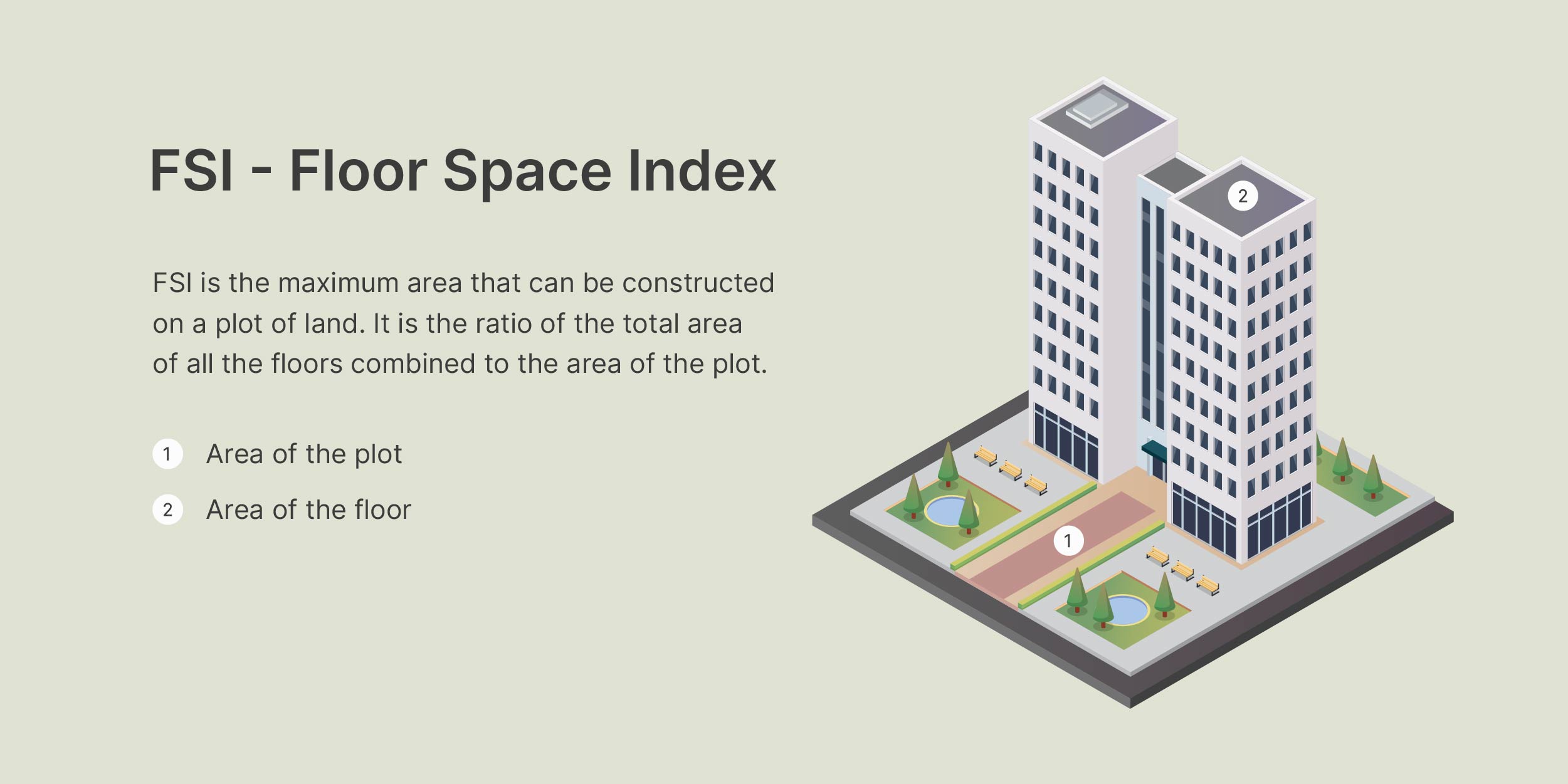
FSI (Floor Space Index) Meaning, Calculation & Importance!
The Floor Space Index is the FSI Full form that is a critical urban planning parameter. FSI in real estate, serves as a pivotal metric that defines the permissible extent of construction on a plot of land, shaping the equilibrium between architectural development and open spaces.

Floor Space Index (FSI) CIHab
FSI stands for 'Floor Space Index' also known as 'Floor Area Ratio'. Floor Space Index means the ratio between the area of a covered floor to the area of that plot on which a building stands. This numeric value indicates the total amount of area on all floors you can build upon a plot.

3 A simplified illustration of Spacematrix showing the floor space... Download Scientific Diagram
FSI stands for Floor Space Index also known as Floor Area Ratio (FAR). FSI means the ratio between the area of a covered floor ( Built up Area) to the area of that plot (land) on which a building stands. This numeric value indicates the total amount of area (on all floors) you can build upon a plot. How to calculate FSI for building?

An explanation and calculation of Floor Space Index (FSI) by aryan landmark Issuu
Also known as the floor area ratio (FAR), FSI is the relationship between the total amount of usable floor area and the total area of the property on which it stands. It is determined by dividing the gross floor area of the building by the gross area of the lot.

What is Floor Space Index FSI Definition How to Calculate FSI YouTube
Floor Space Ratio and Floor Space Index. Floor area ratio and floor space index are two ways to express the same value. FAR is a ratio, expressed as a decimal. However, floor space index is the same value in percentage form. For example, a FAR of 1.4 is equal to a floor space index of 140%. How Assets America ® Can Help
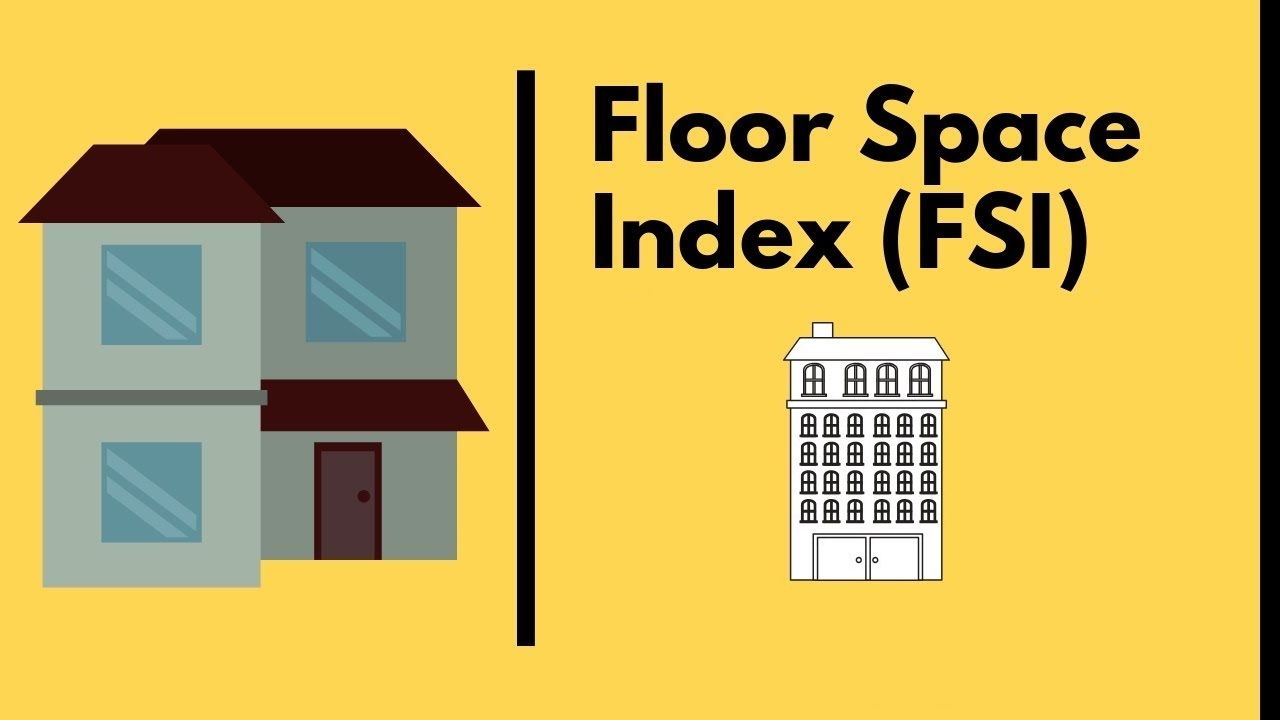
FSI [Floor Space Index] in India’s major cities
The Floor Space Index is the maximum permissible floor area that a builder can build or construct on a specific piece of land or plot. If converted mathematically, Floor Space Index is the ratio of building floor covered area to area available on the piece of land. It is important to note that Floor Space Index differs from one place to another.
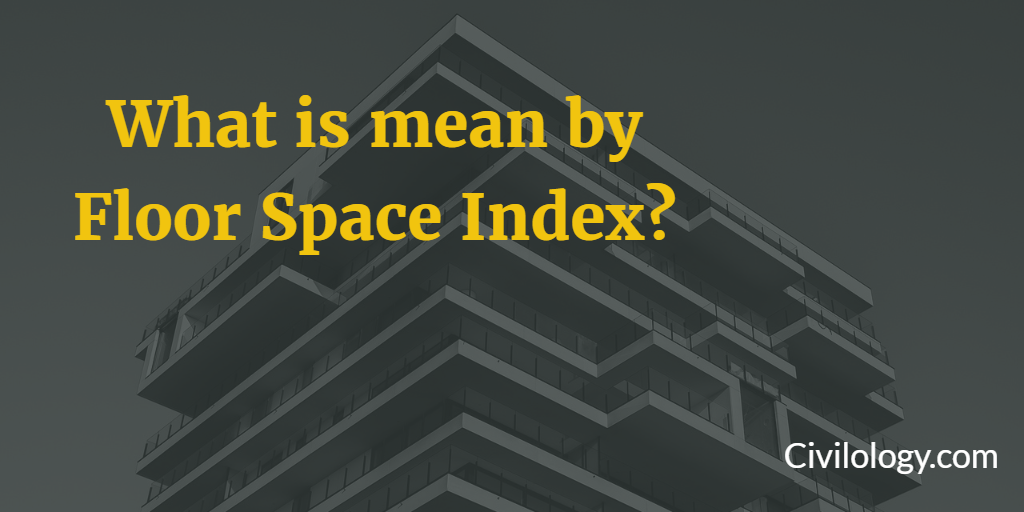
What is FSI? Example Calculation for a Building Civilology
In India's capital city, the Floor Space Index is between 1.2 and 3.5, Mumbai. The permissible Floor Space Index in Mumbai city is 1.33 to 1.83. The Municipal Corporation of Mumbai allows an FSI of 2.5 for the development of land parcels under MHADA and 2.5 plus incentives for redevelopment work .6

Standard Room Sizes A Guide For Functional Living Spaces
The Floor Space Index (FSI), also known as the Floor Area Ratio (FAR) or Floor Space Ratio (FSR), is a crucial urban planning and zoning parameter that plays a pivotal role in determining the permissible construction intensity on a given piece of land.

What is FSI (Floor Space Index) or FAR Complete Information Civil Site
The total floor space area of all the floors by the complete area of the plot is known as the floor space index. It is basically a ratio that helps in deciding how much construction must be done on a piece of land. The value of the floor space index depends on the factors such as amenities, building type and zone category of the city.

Floor Space Index maps for the three analysis periods (1940, 1980, 2020) Download Scientific
Floor Space Index (FSI), also referred to as Floor Area Ratio (FAR), is the ratio of total floor area of a building (Built up area) to the total Plot area (land). This numeric value indicates the total amount of area (on all floors) you can build upon a plot.
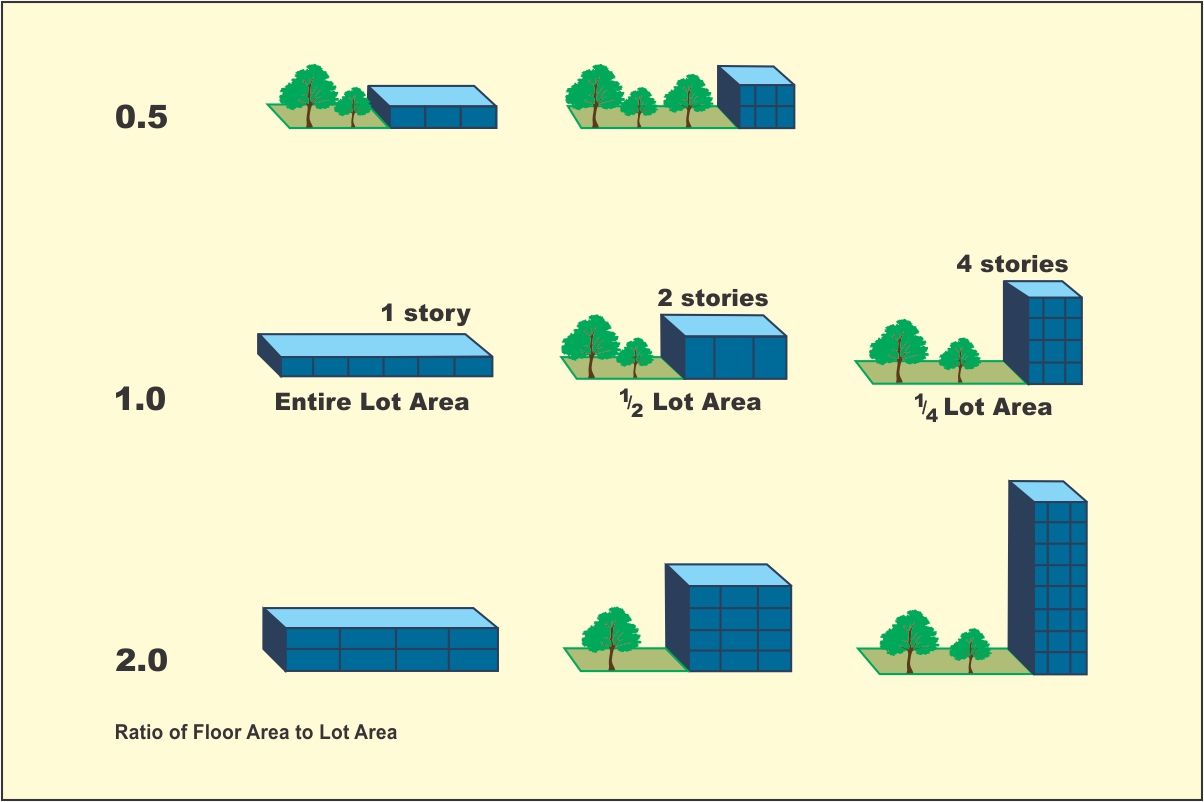
Basic Real Estate Terminologies Beginner’s Guide Part 2 RealtyNxt
FSI full form is Floor Space Index, the maximum authorized floor area that a developer can construct on. Learn more about floor space index meaning, formula, calculation, and importance.
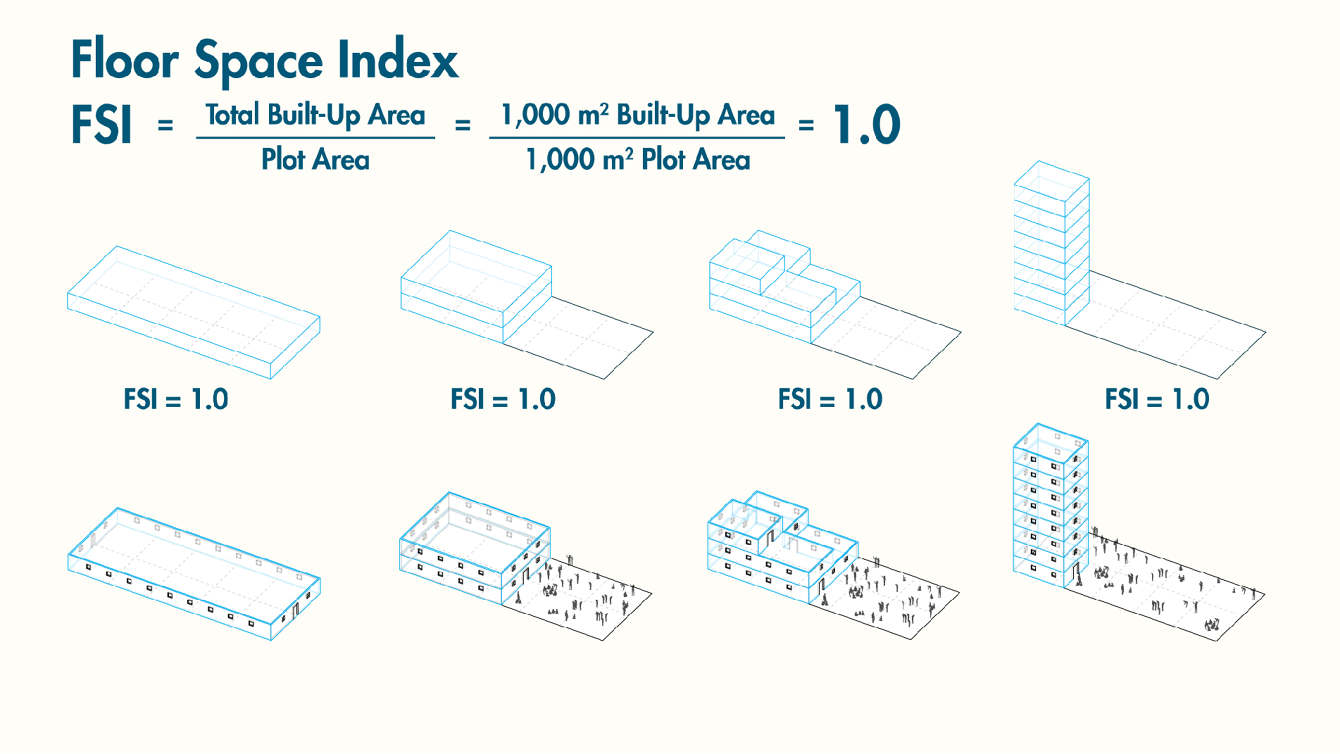
All You Need to Know About Floor Space Index or FSI Marathon
FSI (Floor Space Index), also known as FAR (Floor Area Ratio), is one of the most important elements of real estate. FSI refers to the maximum permitted area on a piece of land for construction. The FSI is the ratio of floor area covered to the available land area.

Everything You Need to Know About FSI (Floor Space Index)
Floor Area ratio is sometimes called floor space ratio ( FSR ), floor space index ( FSI ), site ratio or plot ratio . The difference between FAR and FSI is that the first is a ratio, while the latter is an index. Index numbers are values expressed as a percentage of a single base figure. Thus an FAR of 1.5 is translated as an FSI of 150%.